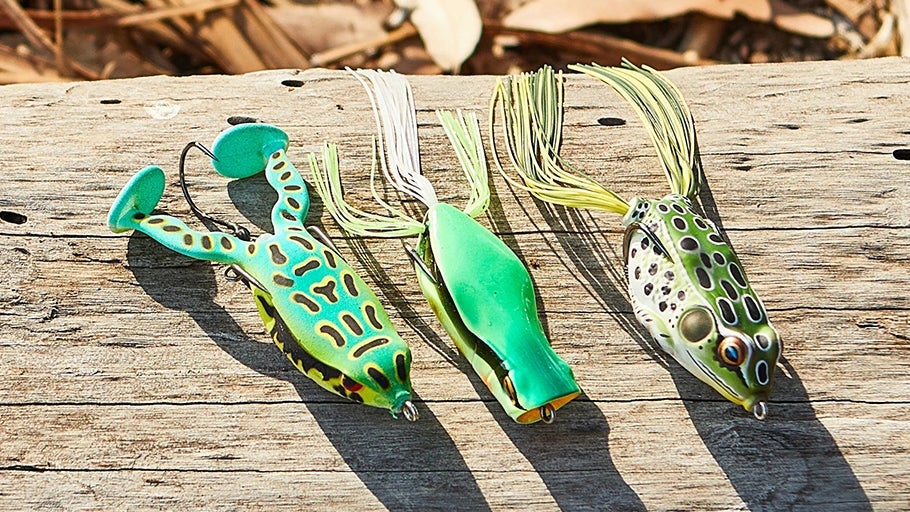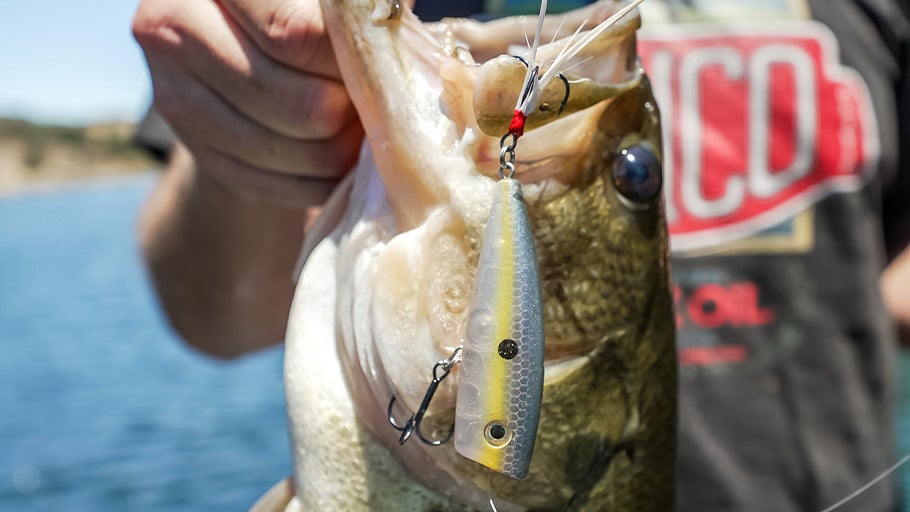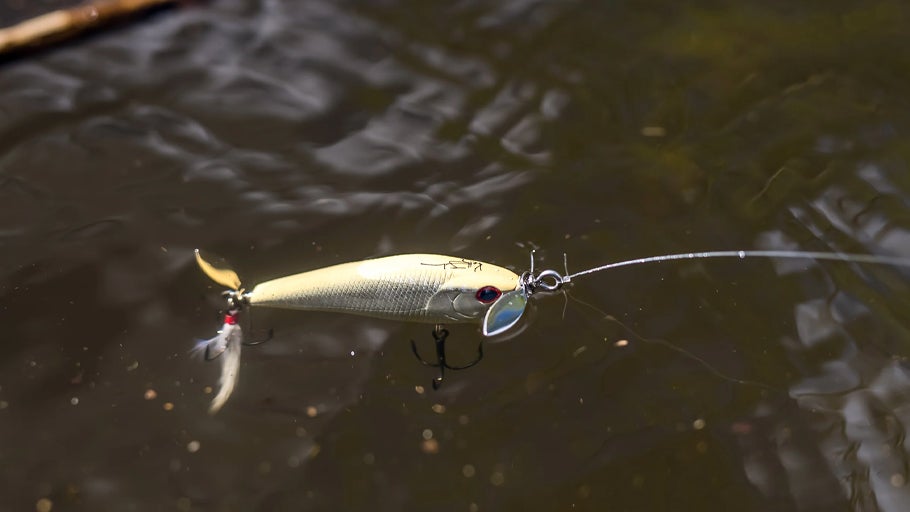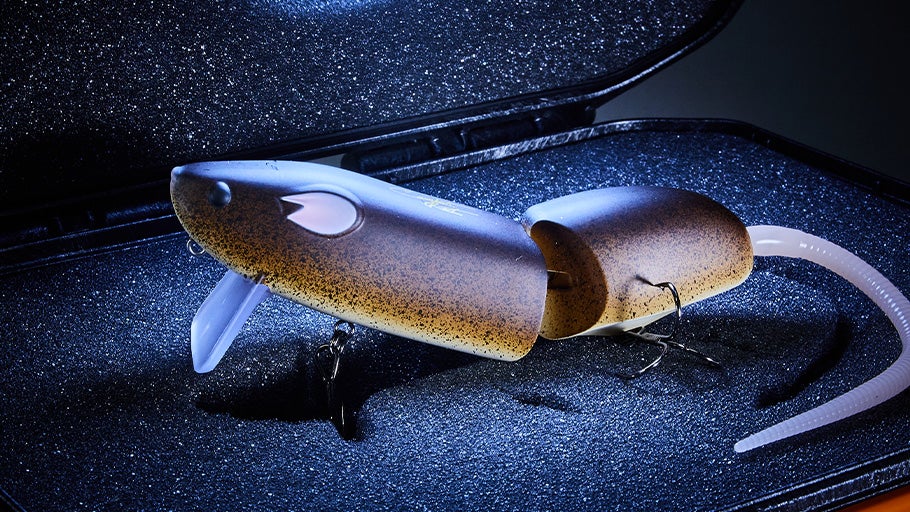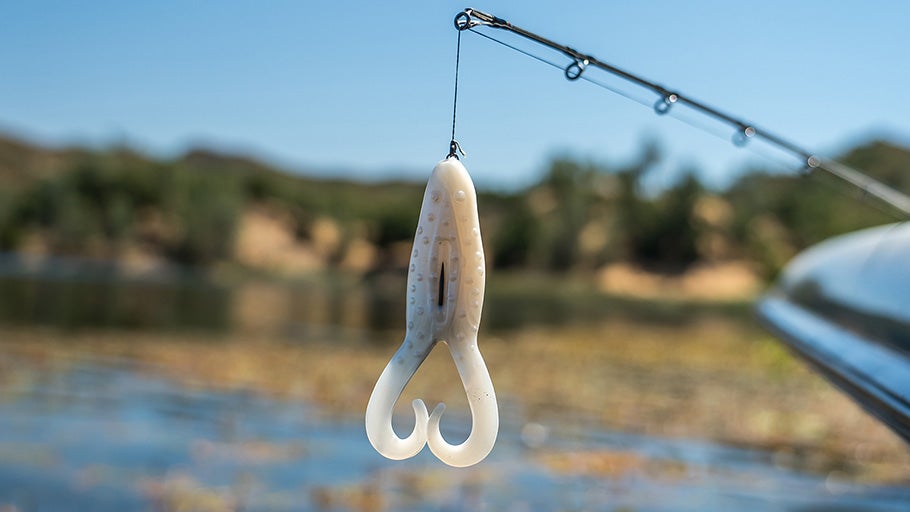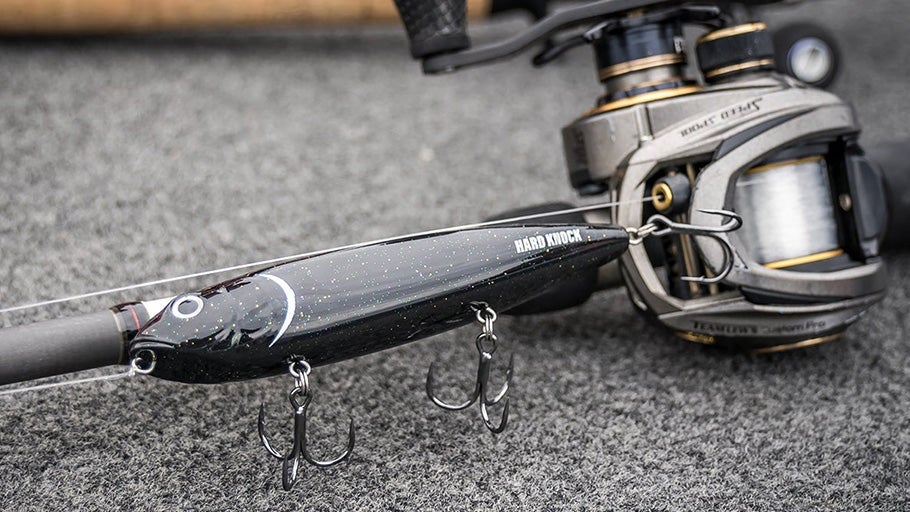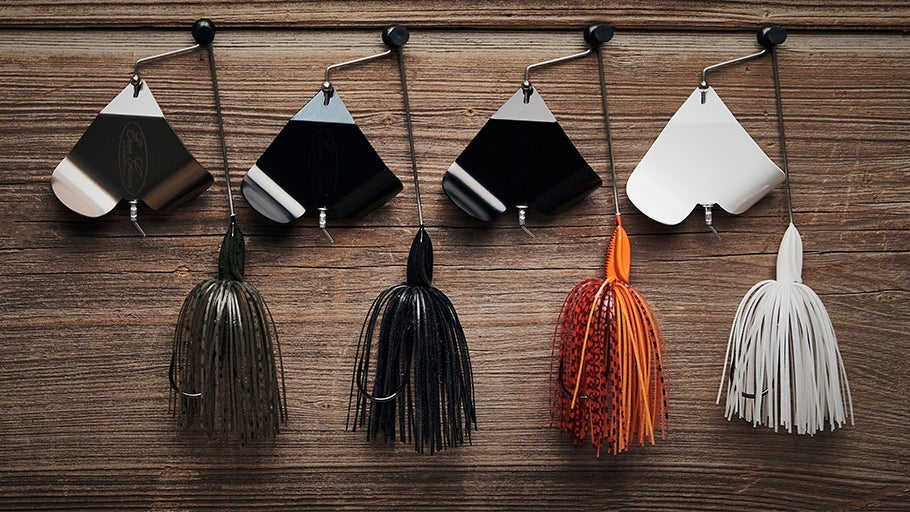
Toads Gear Guide
As water temperatures warm shortly after bass finish spawning, a soft-body topwater toad becomes a deadly bait to target big bites. They are especially effective when fish begin moving off beds to protect fry and recover from the spawn. From the late spring through the early fall, many bass anglers reach for the quick-kicking and gurgling action of a topwater toad to grab the attention of big bass looking to feed near the surface.
Incredibly weedless, soft toad baits make it easy to navigate through heavy cover like stick-ups, grass mats, and down tulle lines where big bass tend to hide in warmer weather. In this article, we’ll unlock all the secrets to toad fishing success, identify the gear you’ll need, and highlight rigging methods to help you trigger explosive strikes from toad-hungry finned freaks.
Toad Rods
The swift-kicking action of a toad is often more effective around light vegetation or isolated cover. The ideal toad rod should have enough muscle to control big fish and drive a heavy-gauge frog hook on the hookset, but shouldn’t be overpowered to the point that it takes away from your casting accuracy. For sparse cover situations, look to use a medium-heavy to heavy powered fast-action casting rod in the 7’2” to 7’6” range. This will allow you to load the rod tip for pinpoint casts under docks or overhanging cover. If you find yourself fishing around matted vegetation, try utilizing the same heavy or extra-heavy rod that you use for hollow body frogs to help pull fish through dense vegetation.
Toads Reels
Similar to a buzzbait, the high speed of a 7:1 to 8:1 gear ratio casting reel keeps the toad up on the surface and gets the legs kicking as soon as they hit the water while also allowing you to fish rapidly down the bank in search of a productive area. Toad fishing often involves long casts, so opt for a 150- to 200-size casting reel that offers enough capacity to hold heavier line and bomb out long casts. If you’re using a highly buoyant soft-bodied toad, a slower gear ratio can be used to slow down when fishing target-specific areas.
Toad Line
To ensure positive hook sets and help keep your soft-bodied toads running on the surface, braided line is essential. Its floating, no-stretch qualities provide the power to remove fish from the edges of grass lines, dense mats, or tangled wood. In extremely heavy cover you may want to try a 65-lb braid; however, in most situations anglers often choose lighter, 40- to 50-lb braid to maximize casting distance and accuracy.
Modifications & Rigging
When soft-bodied toads aren’t rigged straight, they tend to dive under the surface or spin on the retrieve. Utilizing a single or double hook with a screwlock will help ensure that your bait is rigged straight every time and locked firmly in place, and it will collapse fully to expose the point of the hook. When choosing the perfect hook for your toad, you may need to experiment with a couple of weights or wire gauge to find the one that allows your bait to come to the surface quickly and stay afloat, even when reeling slowly.
In heavy cover situations, use a lightly weighted hook to increase casting distance and encourage the toad to land belly-first every time. You can also modify the kicking action of your frog by trimming the inside edge of the feet, making it subtler or more aggressive to match the attitude of the fish. Toad bites are often explosive and demand a heavy hookset, so using a strong knot like a double palomar ensures a reliable connection between you and the fish. For step-by-step knot rigging instructions, check out our knot video with Dean Rojas below!
Toad Colors
Black or white toads are long-standing favorites, as they provide good contrast on the surface and are easy for fish to spot through matted cover. Green pumpkin and watermelon variations provide a more natural look and do a great job of mimicking forage like frogs or bluegill, which can be extremely productive when faced with crystal-clear water. Adding a touch of chartreuse on the head or legs creates a bit of contrast, so it’s not a bad idea to keep dipping dye or scent markers on hand so you can add some extra appeal to your presentation.
Toads often get overshadowed by hollow-body frogs, but they’re a deadly fish-catching alternative when your fish become accustomed to seeing tons of frog lures, are feeding actively, or are defending beds and fry. A unique topwater soft bait that deserves a place in every angler’s arsenal, the toad churns water with aggressive leg-kicking action and a slightly different look to trigger the heart-stopping topwater bites that every angler is chasing.


















































































































